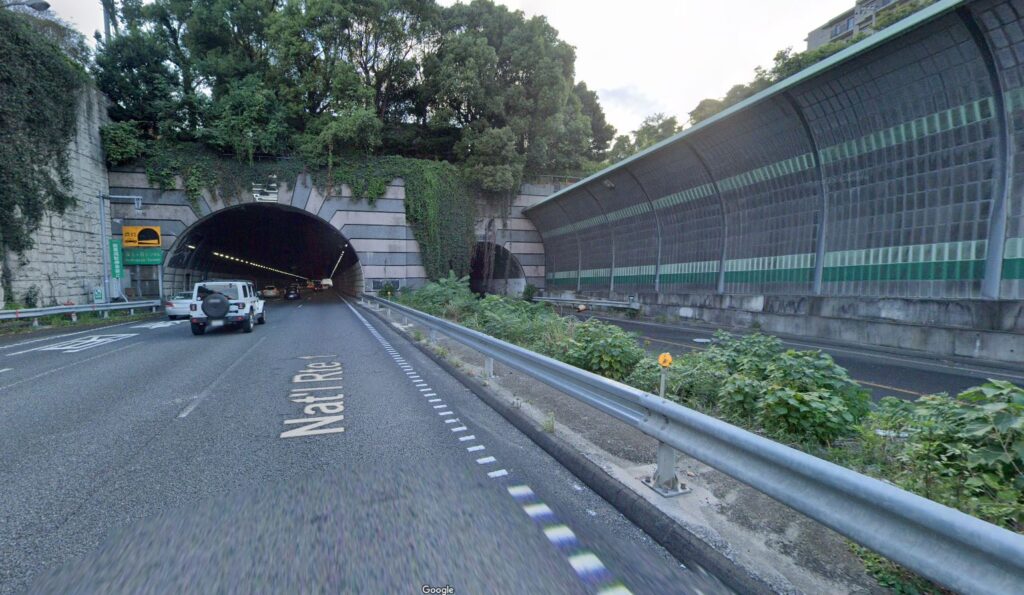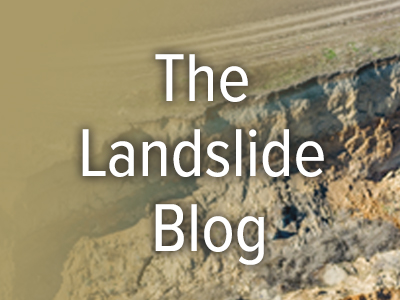The Landslide Blog is written by Dave Petley, who is widely recognized as a world leader in the study and management of landslides.
It is over three years since I last posted in my series on Landslides in Art – an unintended gap. For those who are interested, previous editions can be found on the AGU Blogosphere site.
Landslides are, of course, a very significant hazard in Japan, particularly in large earthquakes affecting mountainous areas. The M=7.9 1 September 1923 Great Kantō earthquake was a disaster in every sense of the word, killing an estimated 140,000 people, many of whom perished in fires following the mainshock. But landslides were a major problem too, claiming live, causing damage and impeding the rescue and recovery operations. Wikipedia describes them thus:-
“Many homes were buried or swept away by landslides in the mountainous and hilly coastal areas in western Kanagawa Prefecture; about 800 people died. A collapsing mountainside in the village of Nebukawa, west of Odawara, pushed the entire village and a passenger train carrying over 100 passengers, along with the railway station, into the sea.”
In 1924, a Japanese publisher named Shōnen Gahōsha commissioned a set of prints to mark the earthquake. Oda Kanchō produced a colour woodblock entitled Landslide in Front of the Hodogaya Tunnel on the Tōkaidō, a piece that is now held in the National Gallery of Victoria in Melbourne:-

The image captures the aftermath of a co-seismic landslide. The blocky nature of the debris might imply a bedrock failure. The back tilted tree implies a rotational component to the failure. The foreground shows two adults, their body language communicates the tragedy. The Tōkaidō is an ancient road linking Kyoto to central Honshu that has regularly appeared in works of art.
Hodogaya Tunnel is in Yokohama at [35.467, 139.592]. The site looks radically different today:-

There is a good online paper that describes the landslides triggered by the earthquake (Endo and Iwahashi 2024), which documents almost 90,000 slope failures mapped in the aftermath of the temblor.
Reference
Endo, R. and Iwahashi, J. 2024. Analysis of the spatial distribution of the landslides triggered by the 1923 Great Kanto Earthquake, Japan. Proceedings of the Japan Academy, Series B, 100 [2], 129-139.

